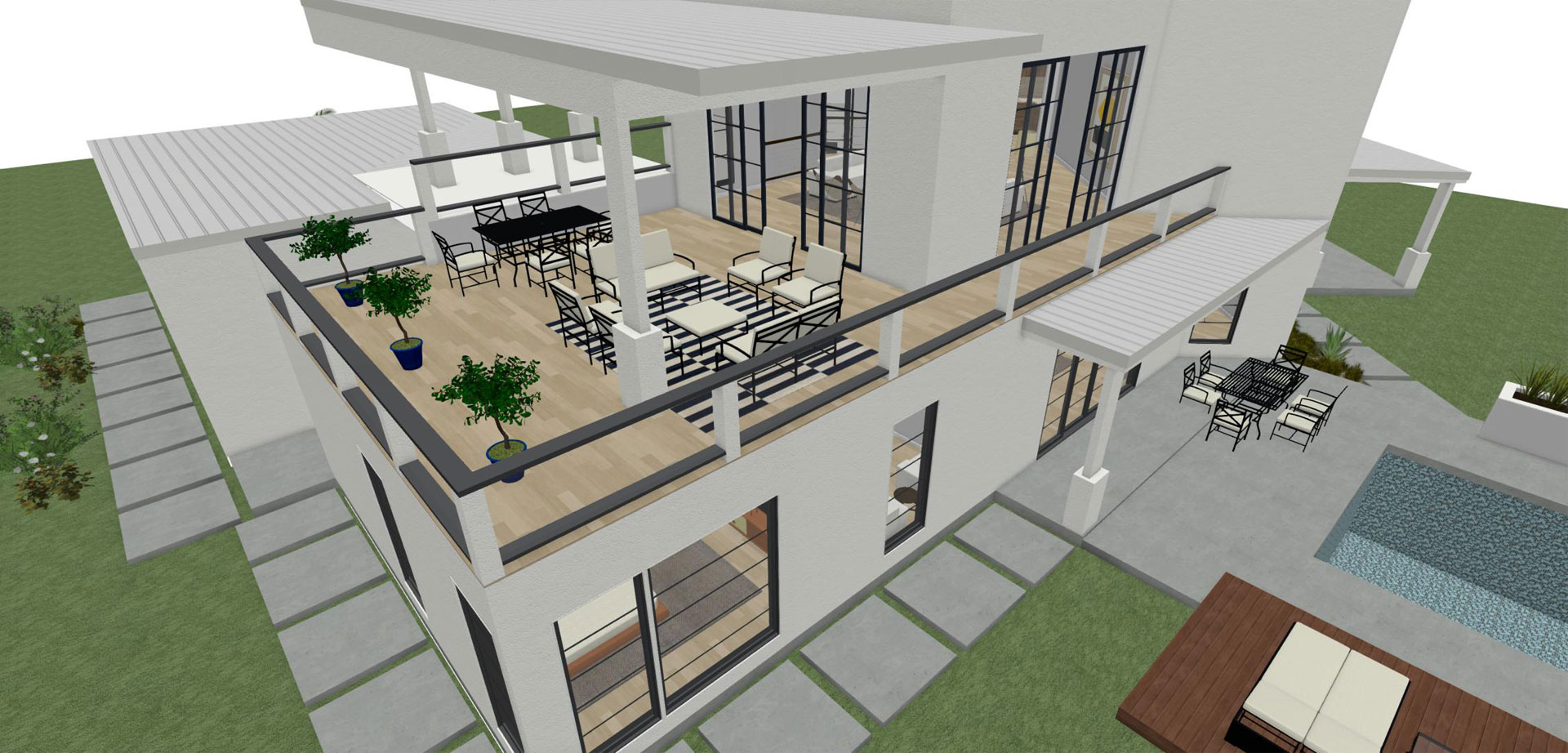Explore Prize-winning Projects by Prominent CDA Architects
Explore Prize-winning Projects by Prominent CDA Architects
Blog Article
A Thorough Review of Architectural Designs and Their Impact on Modern City Planning and Advancement
Building styles have actually long offered as a mirror to the societal values and technical advancements of their time, playing a critical duty in forming contemporary city planning and advancement. From the majesty of Neoclassicism to the utilitarian strategy of Brutalism, each style has actually introduced unique concepts that influence urban appearances and performance.
Historic Summary of Architectural Designs

As societies transitioned through the Center Ages, Gothic design arised, defined by its verticality and complex describing, matching the spiritual desires of the era. The Renaissance marked a revival of classical ideals, combining art and architecture in ingenious means that affected succeeding designs throughout Europe.

Today, building designs remain to develop, driven by globalization and sustainability problems, reflecting a vibrant interplay in between heritage and innovation. This historic review highlights the relevance of architecture as a mirror of social advancement and as a stimulant for urban advancement.
Secret Architectural Styles Explained
The diversity of building designs mirrors the myriad influences that form our developed atmosphere, each symbolizing distinct features and social relevances. Key architectural designs consist of Classic, Gothic, Baroque, Innovation, and Postmodernism, each representing distinct historical contexts and visual philosophies.
Timeless architecture, rooted in old Greece and Rome, stresses balance, percentage, and the usage of columns (cda architects). On the other hand, Gothic design, flourishing between Ages, is characterized by pointed arcs, ribbed vaults, and flying buttresses, developing an aerial quality in basilicas. Baroque architecture, arising in the 17th century, is marked by majesty, sophisticated ornamentation, and a dynamic interaction of light and darkness
Innovation, which gained momentum in the very early 20th century, focuses on function over type, making use of brand-new materials like steel and glass to develop minimalist structures. Postmodernism, responding versus the austerity of Modernism, welcomes eclecticism and historical referral, usually incorporating playful components and paradox.

Effect On Urban Planning
Fit the growth of cities, architectural styles considerably affect metropolitan preparation decisions. The selection of architectural style frequently dictates the visual appeals, performance, and overall personality of city atmospheres. For circumstances, modernism, with its emphasis on minimalism and functionality, urges open spaces and the integration of technology, shaping city formats that prioritize performance and ease of access. Conversely, conventional styles may emphasize historical preservation, bring about city layouts that maintain cultural heritage and advertise pedestrian-friendly settings.
In addition, building styles can influence zoning guidelines and land utilize policies. Urban coordinators need to think about the dominating building patterns when making districts, guaranteeing that new growths balance with existing structures. This consideration cultivates natural urban landscapes and improves area identity.
The application of details architectural styles can likewise influence socioeconomic aspects within a city. High-end modern styles may bring in wealthy citizens and companies, leading to gentrification, while a lot more budget-friendly real estate options could focus on functional and sustainable styles to suit diverse populations. cda architects. Eventually, the interplay in between building styles and city preparation creates vibrant cities that show both historic context and modern demands, shaping the lived experiences of their inhabitants
Sustainability and Modern Design
Architectural designs play a pivotal function in attending to contemporary difficulties, specifically in the realm of sustainability. As metropolitan locations increase and ecological issues intensify, contemporary architecture progressively go to my site welcomes sustainable go now design concepts that focus on energy performance, resource preservation, and minimal environmental effect.
Contemporary architectural movements, such as biophilic layout and green style, advocate for structures that integrate with their surroundings, using all-natural materials and advertising biodiversity. These designs often integrate renewable resource resources, such as solar panels and wind turbines, to minimize reliance on fossil gas and reduced carbon impacts.
Furthermore, the assimilation of advanced modern technologies, such as clever structure systems, enhances energy monitoring, optimizing source use while making sure owner convenience. Cutting-edge water administration strategies, consisting of rainwater harvesting and greywater recycling, further add to sustainable metropolitan settings.
Especially, sustainability expands past environmental issues; it encompasses social and economic measurements. By fostering area wellness and advertising inclusivity, modern-day building designs line up with lasting development objectives. The evolution of architectural practices proceeds to shape resilient cities that not just fulfill the needs of the present however additionally guard the future for generations to come.
Neighborhood Interaction in Style
Area engagement in layout works as a vital bridge in between designers and the populations they offer, guaranteeing that the constructed environment shows the requirements and goals of its customers. This joint procedure invites community members to add their insights and choices, promoting a feeling of possession and responsibility towards the spaces they occupy.
Efficient area involvement utilizes various methods, such as workshops, surveys, and public online forums, to collect diverse perspectives. These approaches facilitate a two-way discussion, permitting designers to comprehend neighborhood contexts while Find Out More encouraging locals to voice their concerns and desires. This inclusivity not only boosts the style quality but also promotes social equity by attending to the one-of-a-kind difficulties dealt with by marginalized teams.
In addition, neighborhood interaction can lead to ingenious remedies that may not arise in a conventional style process. By integrating local understanding and cultural values, designers can produce areas that resonate more deeply with individuals, boosting usability and sustainability. Inevitably, focusing on neighborhood engagement in style procedures causes atmospheres that nurture social interactions, support well-being, and strengthen neighborhood ties, therefore playing a critical function in shaping contemporary city landscapes.
Verdict
Building designs have actually profoundly affected modern city planning and advancement, reflecting developing social and technological contexts. As cities continue to grow and adjust, the continuous dialogue in between architectural heritage and modern design concepts will certainly continue to be crucial in creating inclusive, vibrant rooms that boost top quality of life and advertise social equity.
Report this page